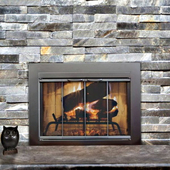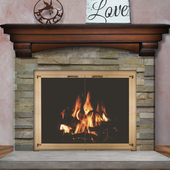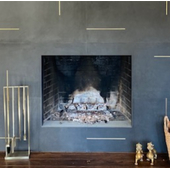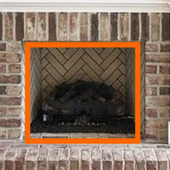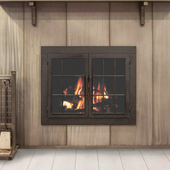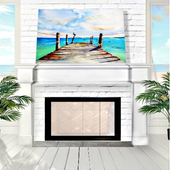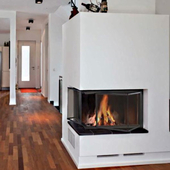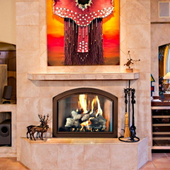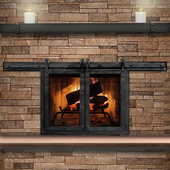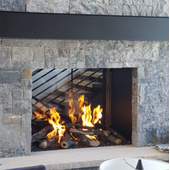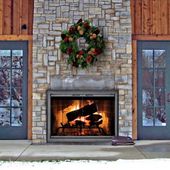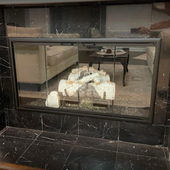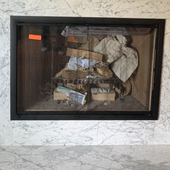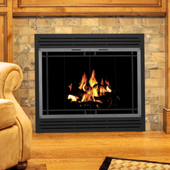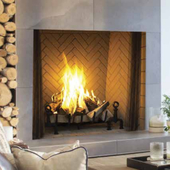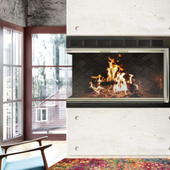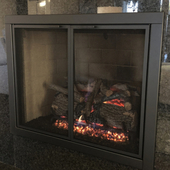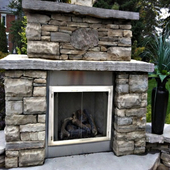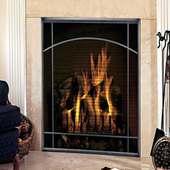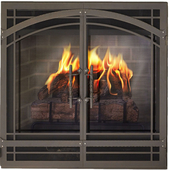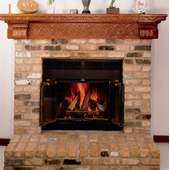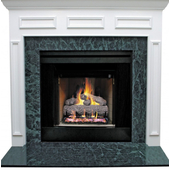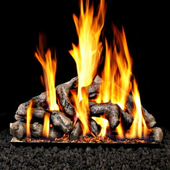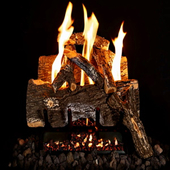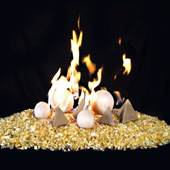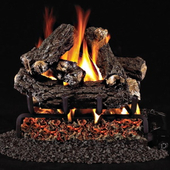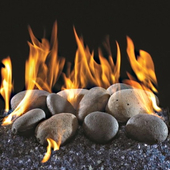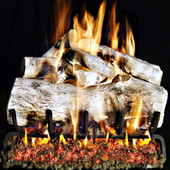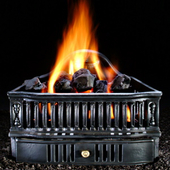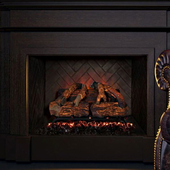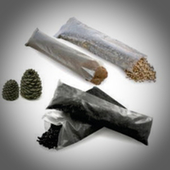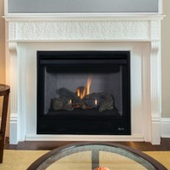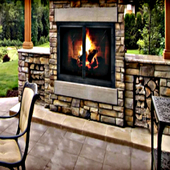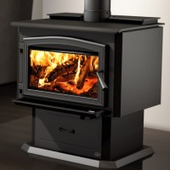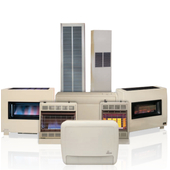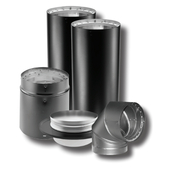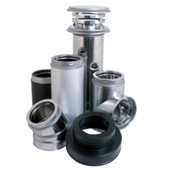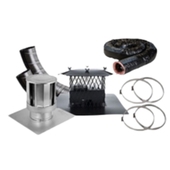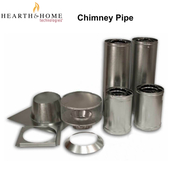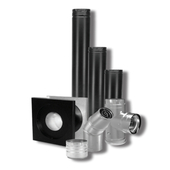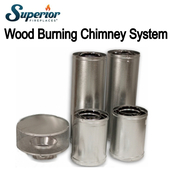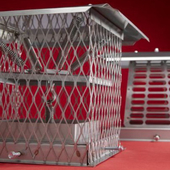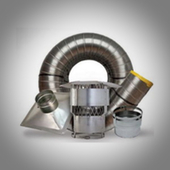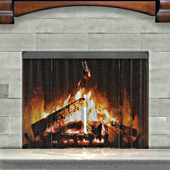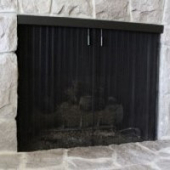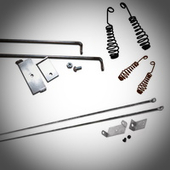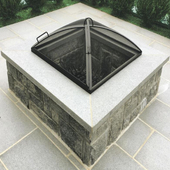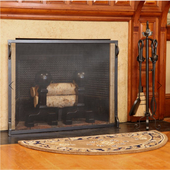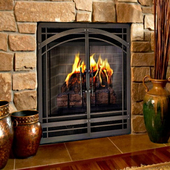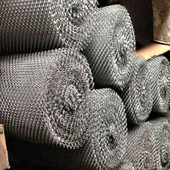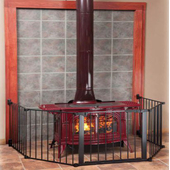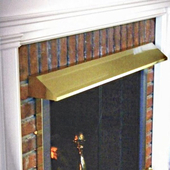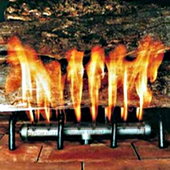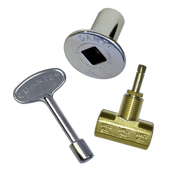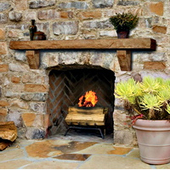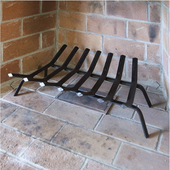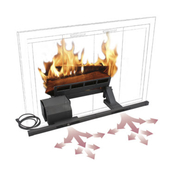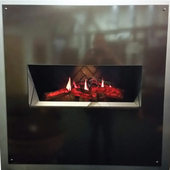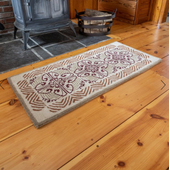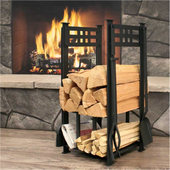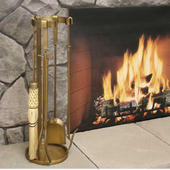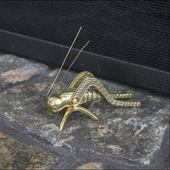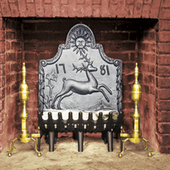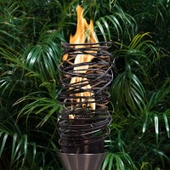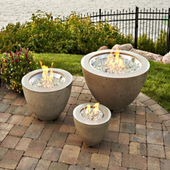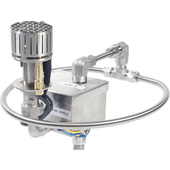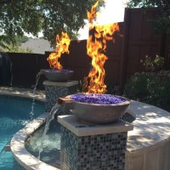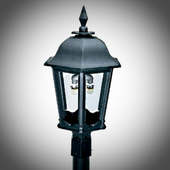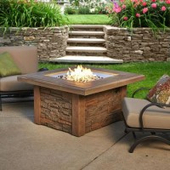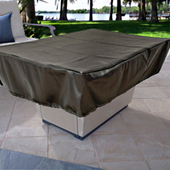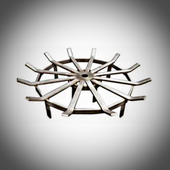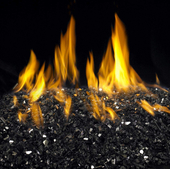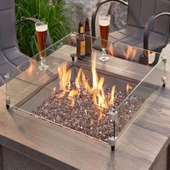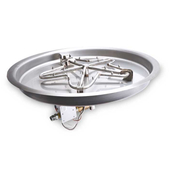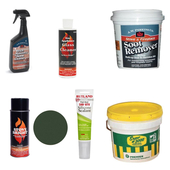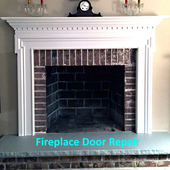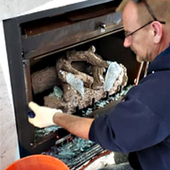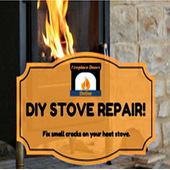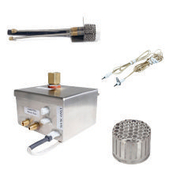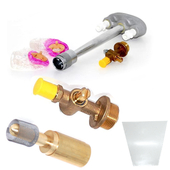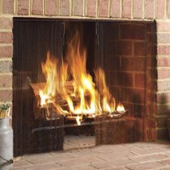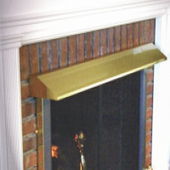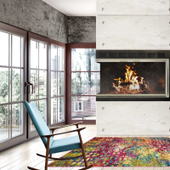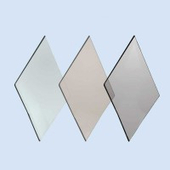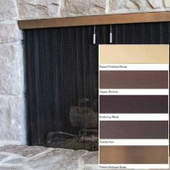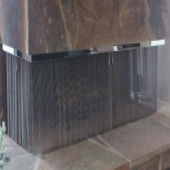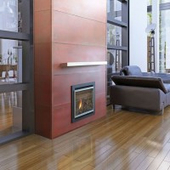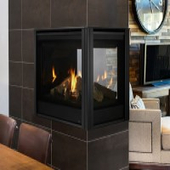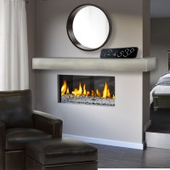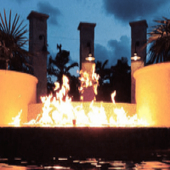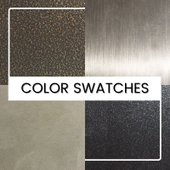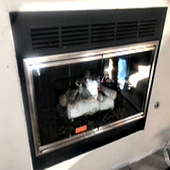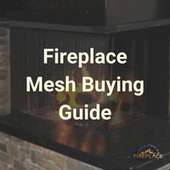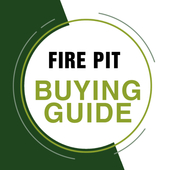Refine search
Hearth Rug & Fireplace Rug Buyer's Guide
If you're unfamiliar with fireplace rugs, also known as hearth rugs, you're not alone. Unlike typical store-bought rugs, these serve a crucial purpose beyond decoration. Did you know that over 30% of non-confined fires result from heating equipment being too close to flammable objects? A hearth rug could be your first line of defense, offering protection from sparks, flames, and embers. This guide will provide comprehensive insights to help you choose the right fireplace rug and accessories, prioritizing safety for you and your loved ones.
Hearth Rugs: An Essential Addition
You've invested in a beautiful home with a perfect fireplace or wood stove. What's missing? A hearth rug. Designed specifically for fireplaces, these rugs are certified and tested to meet federal flammability regulations. Unlike ordinary decorative rugs, hearth rugs act as a shield against sparks and flames, ensuring the safety of your home and loved ones.
Understanding Hearth Rugs: Fire-Resistant Materials
Hearth rugs come in various materials, each with its unique properties. Synthetic materials, such as fiberglass, nylon, polyester, olefin, and polypropylene, are popular choices due to their fire-retardant features. Understanding the pros and cons of each material helps you make an informed decision.
Synthetic Hearth Rugs:
Fiberglass (Ranks 1st): Durable and flame-resistant, suitable for direct contact with hot embers. Though more expensive, they offer superior protection.
Nylon (Ranks 4th): Melts slowly, suitable for sealed fire appliances, but may need frequent replacement.
Polyester (Ranks 5th): Lightweight, cost-effective, but melts on contact with flames or embers.
Olefin (Ranks 6th): Durable, plush, and cost-effective, but melts when in contact with hot embers.
Polypropylene (Ranks 7th): Stain-resistant, versatile, but has a low melting point and may mat easily in high-traffic areas.
Natural Hearth Rugs:
Wool (Ranks 2nd): Hydrophobic, water-resistant, easy to clean, and char rather than burn or melt when exposed to hot debris. Popular for its durability.
Sisal (Ranks 3rd): Resistant to wear-and-tear, suitable for moderate heat, and complements various interior designs. Requires protective underlying material.
Selecting the Right Shape and Size:
Consider the shape and size of your hearth rug based on your fireplace or wood stove's location and dimensions. Options include half-round, square, and rectangle shapes. The rug should adequately cover the flooring around the appliance to prevent exposure to combustible materials.
Lifespan and Care:
The lifespan of your hearth rug depends on proper care. Synthetic rugs generally last 3-5 years, while natural fiber rugs vary from 5-50 years. Follow manufacturer instructions for cleaning, and consider professional cleaning for synthetic rugs. Natural fibers require less maintenance and produce fewer allergens.
Extend Safety Measures:
Secure your fireplace or stove with iron railing, gates, or screens to enhance safety. Use a slip-resistant backing or underlay to prevent slips and falls. View the hearth rug as a tool, not the sole safety measure.
Replacement Indicators:
Four visual cues signal when it's time to replace your hearth rug: visible damage, wear and tear, reduced fire resistance, and outdated safety features.
By following this buyer's guide, you're equipped to make a well-informed decision on the right hearth rug to enhance safety and complement your home's aesthetic.
Frequently Asked Questions:
Q: Why do I need a hearth rug for my fireplace or wood stove?
A: A hearth rug serves as a protective barrier against sparks, flames, and embers, reducing the risk of non-confined fires caused by heating equipment being too close to flammable objects. It adds an essential layer of defense to keep your home and loved ones safe.
Q: How are hearth rugs different from regular decorative rugs?
A: Hearth rugs are specifically designed and tested to meet federal flammability regulations. Unlike typical decorative rugs, they are certified to resist sparks, flames, and hot debris, providing enhanced safety for fireplace and wood stove areas.
Q: Are hearth rugs aesthetically pleasing?
A: Yes, hearth rugs come in a variety of colors, styles, and designs, ensuring there's an option to complement any interior. From traditional to modern aesthetics, you can find a hearth rug that not only enhances safety but also adds to the overall look of your space.
Q: What materials are commonly used in hearth rugs, and how do they differ?
A: Common materials include synthetic options like fiberglass, nylon, polyester, olefin, and polypropylene, as well as natural fibers like wool and sisal. Each material has unique properties, such as fire resistance, durability, and maintenance requirements. Understanding these differences helps you choose the right rug for your needs.
Q: How do I choose the right shape and size for my hearth rug?
A: The shape and size of your hearth rug depend on the location and dimensions of your fireplace or wood stove. Options include half-round, square, and rectangle shapes. Choose a size that adequately covers the flooring around the appliance to ensure safety and prevent exposure to combustible materials.
Q: What is the expected lifespan of a hearth rug?
A: The lifespan of a hearth rug varies depending on the material and how well it's maintained. Synthetic rugs generally last between 3-5 years, while natural fiber rugs can last anywhere from 5-50 years. Proper care, following manufacturer instructions, and regular cleaning contribute to maximizing the lifespan of your rug.
Q: How should I care for and maintain my hearth rug?
A: Care and maintenance depend on the material of your rug. Synthetic rugs like olefin, wool, and polyester can be vacuumed, but washing or heavy steam cleaning is not recommended. Natural fiber rugs like sisal should be swept or beaten outdoors, avoiding steam or water washing. Always follow the care instructions provided by the manufacturer.
Q: Can a hearth rug be used outdoors?
A: Hearth rugs are designed for indoor use and are not suitable for outdoor conditions. Using them outdoors may compromise their fire-resistant properties and overall durability.
Q: When is it time to replace my hearth rug?
A: Visual cues for replacement include visible damage, wear and tear, reduced fire resistance, and outdated safety features. Regularly inspect your hearth rug for these signs to ensure continued protection and effectiveness.
Q: Can a hearth rug prevent all fire-related accidents?
A: While a hearth rug serves as an additional safety measure, it is not a guarantee against all fire-related accidents. Combining it with other safety measures such as screens, gates, or iron railings further enhances overall safety near your fireplace or wood stove.


